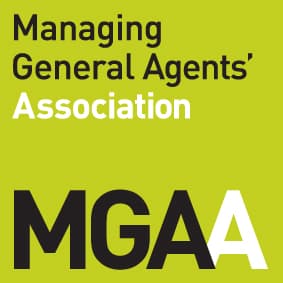Eighteen months have now passed since the Modern Slavery Act came into force, a statute which was enacted to enlist the support of the UK’s largest commercial organisations in the fight against slavery and human trafficking. It is a very modern piece of legislation in that it harnesses the power of the internet and its access to public scrutiny to combat this extensive problem, with estimates suggesting that nearly 40 million people worldwide are trapped in slavery. The Act requires businesses with an annual turnover of at least £36 million to post on their website an annual statement showing the actions which they have taken or planned to ensure that abuses aren’t occurring in their own organisation and supply chain. With the first generation of these statements now available on line, the Home Secretary has issued updated guidance on transparency in supply chains, setting out what best practice looks like.
The modern slavery spotlight has shone on sectors such as retail, manufacturing and food production. Whilst insurance would not seem to be an area of obvious concern, the increasing globalisation of business and the complexity of modern supply chains means that these problems can lie hidden from view, especially within outsourced services. Moreover, organisations in the insurance sector need to have regard not just to their own businesses but also to their insureds’ – so employers’ liability insurers will have an eye on the penalties for non-compliance. Whilst these are principally targeted at reputational damage – being named and shamed as uncooperative could result in important commercial relationships being damaged – the penalties for engaging in modern slavery practices are severe. Robust D&O cover will need to be in place for directors, who are required to sign off slavery and human trafficking statements.
The revised guidance – “Transparency in Supply Chains etc. A Practical Guide” – which is easily found on the Government website – gives organisations an opportunity to revisit their compliance with the legislation and encourages them to think about how they might evolve their policy for tackling this issue. Whilst the guidance is not law and manifestly goes further than the minimum legal requirement, it has a persuasive force because organisations will wish to avoid criticism as falling short of accepted best practice.
The key points of the updated guidance can be summarised as follows:
The Government is keen that not only those caught by the Act should comply with it, but that organisations who do not fit within the ambit of the law should publish a slavery and human trafficking statement voluntarily. Smaller organisations may well be impacted by the Act in any event, as they may find their practices and policies subjected to greater due diligence scrutiny by larger organisations with which they have business relationships.
The core obligation is to produce an annual slavery and human trafficking statement and to post this prominently on the organisation’s website. The Act is then silent on what the contents of that statement must be, merely offering an indication of what information might be included in the statement. However, it is important to note that the updated guidance expects organisations to include the suggested material, to show a detailed picture of the steps which the organisation is taking and to evaluate whether those steps are proving effective. This represents a higher standard than that required in the previous version of the guidance, though it must be stressed that the guidance does not confer a legal obligation. However, for an organisation which is preparing a statement, the guidance offers some useful suggestions about how the statement might be drafted and what will be acceptable in terms of best practice.
The guidance lays down a clear expectation that these statements will evolve year on year. Hence merely trotting out a standard form of wording every year is not likely to be acceptable. Organisations will be expected to show a sense of purpose. Certainly, whilst a statement that an organisation has taken no steps may be considered legally compliant, it is unlikely to stand public scrutiny. The latter will be of as much concern to organisations as the strict legal position, as avoidance of being “named and shamed” by pressure groups will be important. Ensuring that there is an evolving picture of purposive action will necessitate organisations allocating responsibility for action and producing a clear plan of action.
The guidance should be seen as a useful way of monitoring compliance with the law and best practice. If it has not happened already, organisations should consider the following steps to ensure that their house is in order:
- Auditing the supply chain to understand where there may be issues;
- Conducting due diligence on suppliers to identify risks;
- review current policies and practice as regards eradication of slavery problems in the supply chain;
- training and raising awareness within the organisation and ensuring the necessary vigilance;
- the development of a progressive plan to tackle the issue.
All of these steps should be seen not as a one off exercise but as an evolving project to ensure that effective measures are taken to combat this problem.
Michael Ryley, Weightmans
December 2017



